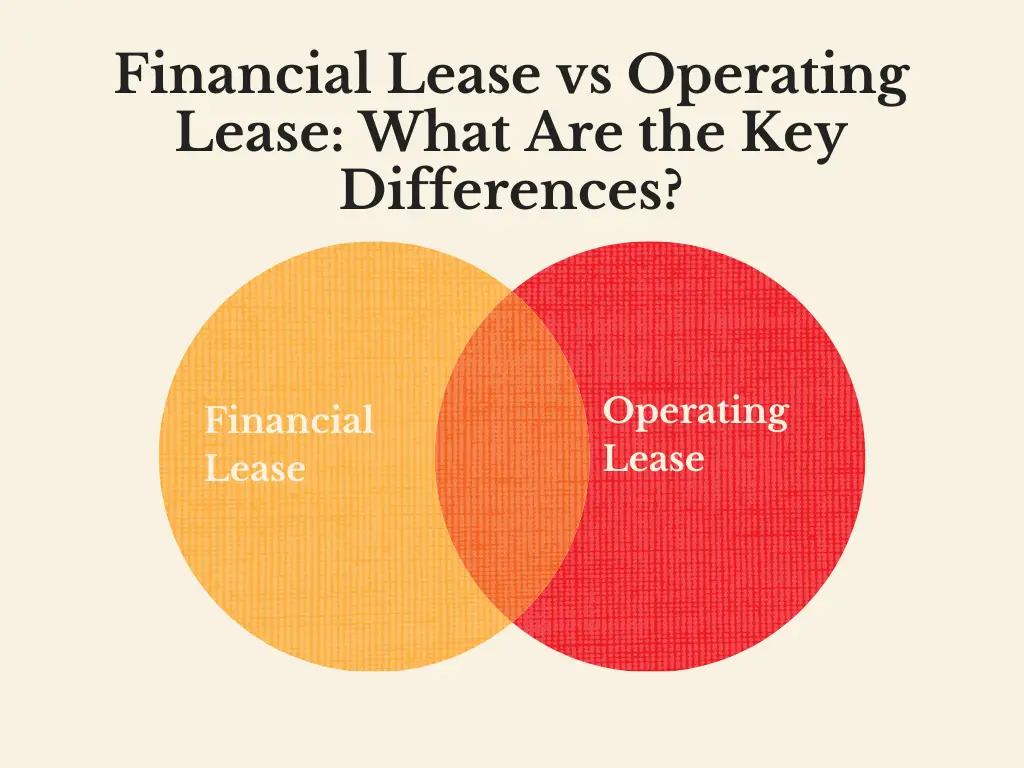What is an Operating Lease?
An Operating Lease can be defined as a contract between two parties: the owner of the asset, and the user of the asset. In an operating lease, the ownership rights are not transferred to the user of the asset at the end of the lease period.
In this regard, it is also imperative to consider the fact that operating lease is considered to be a form of off-balance-sheet financing, primarily because of the fact that it is not capitalized at the end of the given period.
In the same manner, an operating lease is nothing but a payment that is given to the owner of the asset against usage of the particular asset.
In the same manner, it can also be seen that operating lease is considered to be an integral part of asset financing within the company, primarily in the cases where they don’t have enough resources to purchase it themselves.
Operating Lease is often very common in industries that are cyclical, or seasonal. For example, a textile manufacturing unit might need an extra stitching unit to accommodate for the increased orders.
Therefore, rather than purchasing different machinery themselves, they might get a piece of machinery on operating lease, so that they can fulfill their orders.

What is a Financial Lease?
A Financial lease is also referred to as Capital Lease. A financial lease involves the ownership rights of the asset being transferred to the user of the asset at the end of the lease period.
Subsequently, it requires the lessee of the asset to accommodate for relevant changes in Income Statement and Balance Sheet, just as if it was they were the property of the user of the asset.
Therefore, it must be noted that in the case of the financial lease, the lease should ideally have economic characteristics of the asset ownership for purposes of accounting.
In this regard, it is also important to note the fact that the capital lease requires the renter to book the assets and liabilities that are associated with the lease, as mentioned earlier.
Therefore, the key distinctive features of a lease to be classified as a financial lease are as follows:
- There is an associated ownership transfer to the lessee at the end of the lease.
- The lease has a bargain purchase option (that gives an ‘option’ to the leaseholder to purchase the asset at the end of the lease period.
- The lease payment life exceeds 75% of the economic life of the asset
- The present value of the lease payments that are made to the lessor is equal to or higher than 90% of the asset’s underlying fair market value
Key Differences between Operating Lease vs Financial Lease?
The key differences between operating lease and a financial lease are enlisted in the table below:
| Operating Lease | Financial Lease |
| Ownership of the asset lies with the lessor after the lease term. | Ownership of the asset can be transferred to the lessee at the end of the lease term |
| There is no bargain purchase option available. | Bargain Purchase option is available |
| A lease is considered as an operating lease if the lease Term is for a period less than 75% of the estimated life | For a lease to be classified as financial lease, the lease period should be at least 75% of the estimated economic life. |
| Present Value of the payments made should be lesser than 90% of the assets fair market value. | The present value of the lease payments made to the lessor should be equal to or higher than 90% of the asset’s fair market value. |
| There is no risk associated with ownership of the asset. | The risk of ownership of the asset lies with the lessee. |
| Payments that are made in lieu of operating lease are treated as operating expenses in the Profit & Loss Account. | Payments made under a financial lease arrangement are capitalized costs. |
| Lease payments are considered to be a rental expense from the perspective of tax. | Since financial lease is a capital expenditure, it is treated as such from the perspective of tax. |
| Operating Lease is considered to be a short term arrangement. | Financial lease is normally a long term financing arrangement. |
| Under an operating lease, maintenance is mostly undertaken by the lessor, unless stated otherwise. Depreciation is also undertaken by the lessor. | Under the financial lease, the ownership belongs to the lessee, hence, he is required to pay for maintenance of the asset. Lessee is also required to depreciate the asset in their books. |

